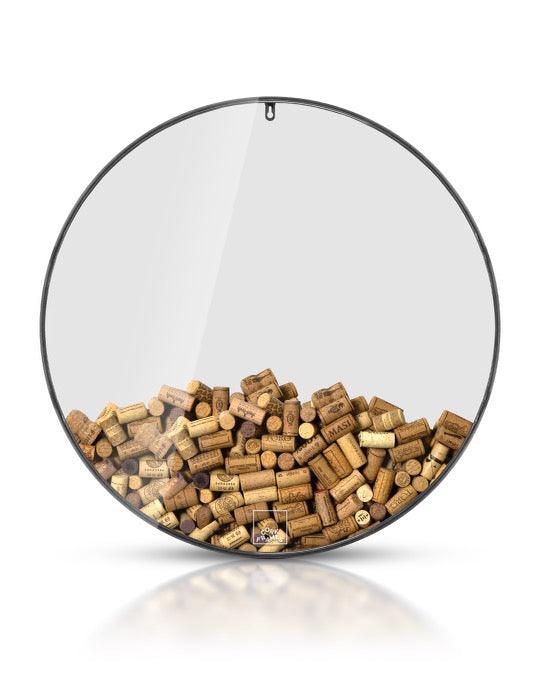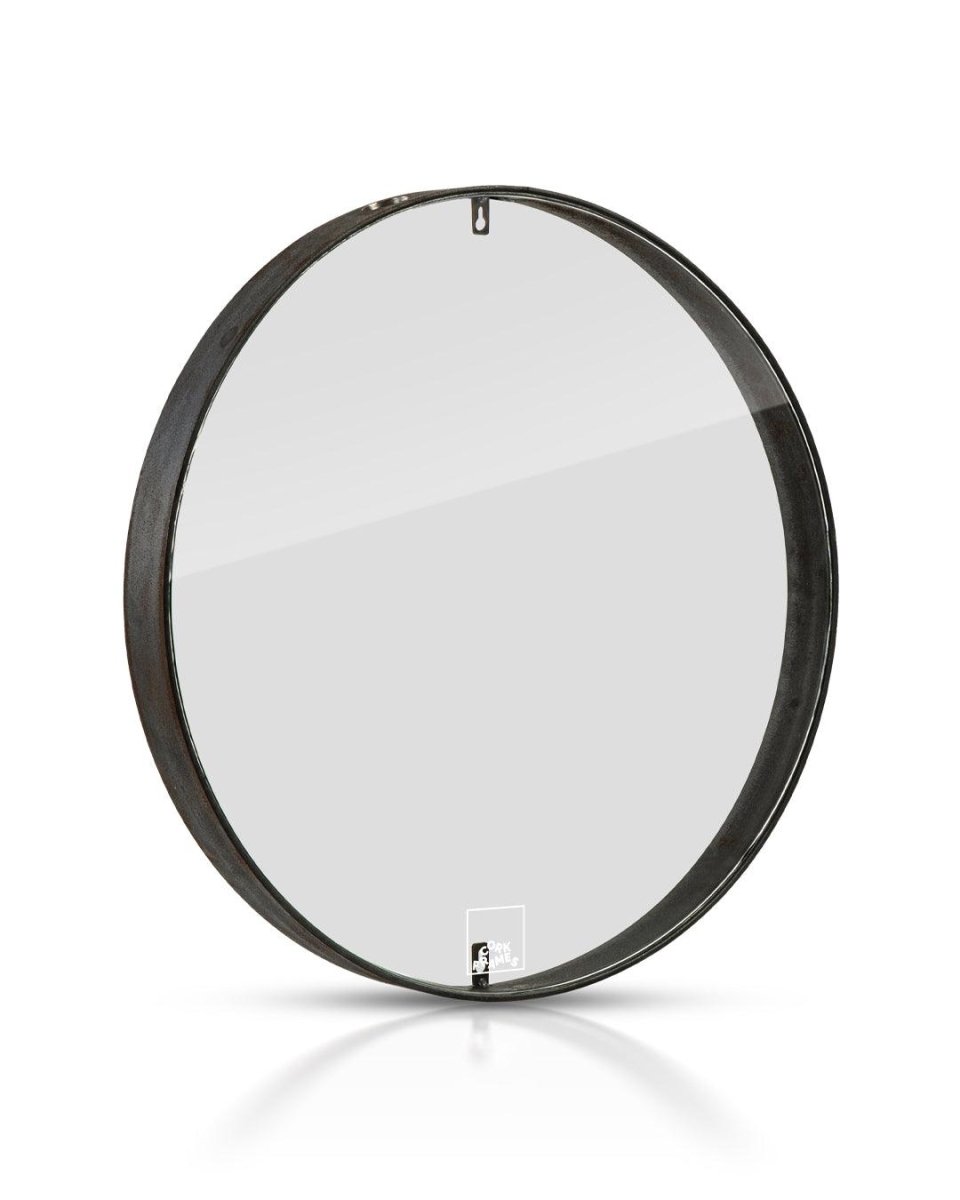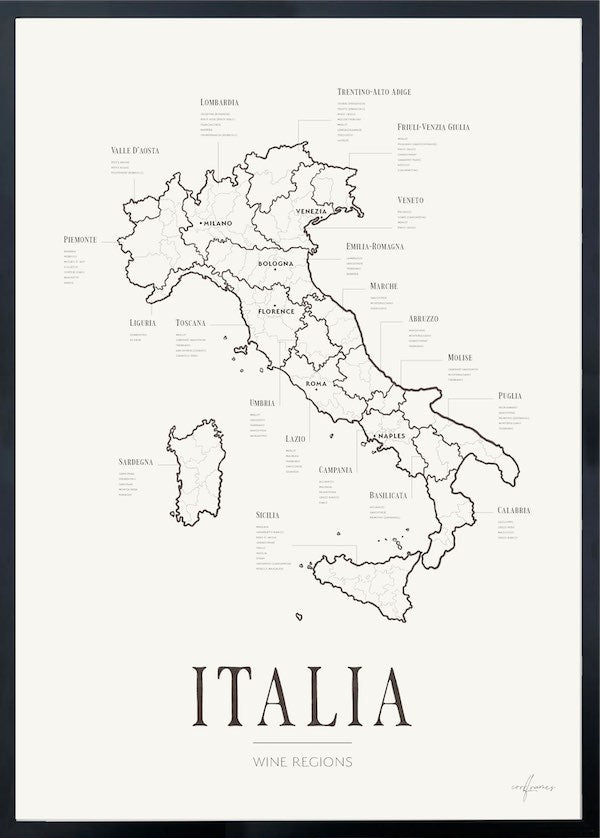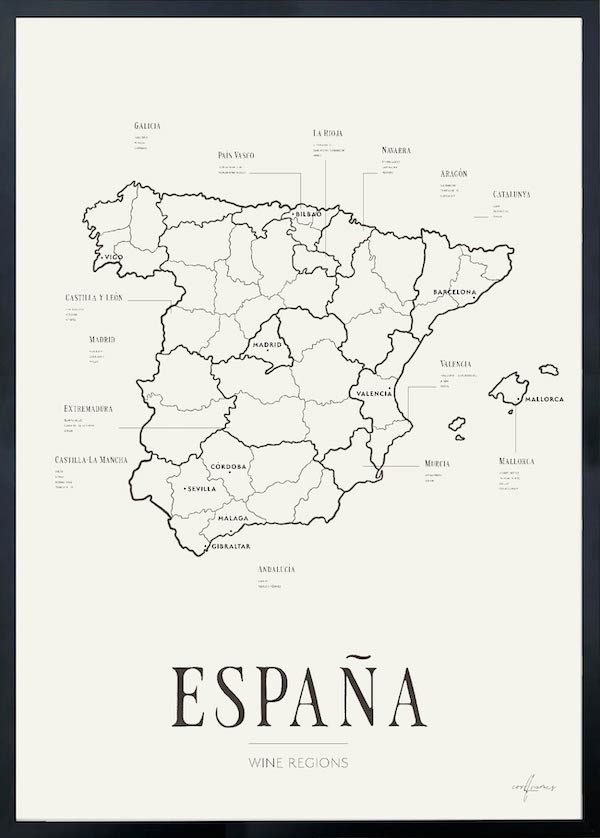Popcorn is one of the world’s most popular snacks, enjoyed in movie theaters, at home, and even at sporting events. But where is the specific type of corn used for popcorn grown?
The answer lies in a few key countries where climate, soil quality, and farming techniques are optimized for growing popcorn corn—a unique variety with a hard outer shell and a starchy interior that allows it to pop when heated.
1. USA – The World's Leading Popcorn Producer
The United States is by far the largest producer of popcorn corn, accounting for about 90% of global production. The most important popcorn-producing states include:
-
Indiana – often called the "Popcorn Capital," where vast fields are dedicated solely to growing popcorn corn.
-
Nebraska – another major producer that exports large amounts of popcorn corn worldwide.
- Illinois, Ohio, and Kentucky – also contribute significantly to national production.
The U.S. dominates popcorn production due to its long history of popcorn farming, advanced agricultural techniques, and high domestic and international demand.
2. Argentina – South America's Largest Producer
After the U.S., Argentina is the second-largest producer of popcorn corn globally. The country’s warm climate and fertile soils make it an ideal place for growing popcorn corn, and much of its production is exported to Europe and Asia.
The main growing regions are Buenos Aires Province, Santa Fe, and Córdoba, where large-scale farms specialize in producing high-quality popcorn corn for export.
3. Brazil – A Growing Player in the Popcorn Industry
Brazil is one of the world’s largest corn producers in general, and its popcorn corn production has been steadily increasing in recent years. The country exports much of its popcorn corn to other parts of South America and Europe.
The main production areas are in the states of Paraná, São Paulo, and Goiás, where the climate is well-suited for growing corn.
4. China – The World's Largest Corn Producer, But Limited Popcorn Corn
China is the world’s largest producer of corn overall, but only a small percentage of this is popcorn corn. However, as popcorn consumption grows in China—especially due to the expanding movie theater industry and the rising popularity of Western snacks—demand for popcorn corn is increasing.
5. Hungary – Europe's Leading Popcorn Corn Producer
In Europe, Hungary is the leading producer of popcorn corn. The country’s favorable climate and high-quality farming techniques make it a key supplier, particularly for European markets. Much of Hungary’s popcorn corn is exported to other EU countries.
Exports and Consumption – Where Does All the Popcorn Corn Go?
While the U.S. and Argentina produce the most popcorn corn, the U.S. is also the world’s largest consumer of popcorn. Americans eat about 14 billion liters of popcorn each year, with movie theater popcorn being a major part of the culture.
On the export market, the biggest importers of popcorn corn are:
-
Europe – particularly the UK, Germany, and France.
- Asia – where China and Japan are major markets.
- The Middle East – where demand for microwave popcorn is increasing.
The U.S. remains the dominant producer of popcorn corn, followed by Argentina, Brazil, and Hungary. While the U.S. consumes a significant portion of its own production, Argentina and Hungary export large quantities to other markets.
Popcorn corn is a highly specialized crop, and only certain countries have the ideal conditions to grow it on a large scale. So, next time you enjoy a bowl of popcorn, there’s a good chance it came from a farm in Indiana, Buenos Aires, or Hungary!





























